The quick-draw pistol holster is a handy piece of gear for anyone who carries a handgun. Whether you're at home, in the car, or out and about, having fast access to your firearm can make all the difference in a pinch. But it isn’t just about speed. It’s also about keeping your firearm safe and close to you, exactly when and where you need it. That’s why learning how to use a quick-draw holster the right way matters a lot more than simply strapping one on and hoping for the best.
If you’ve already started using one, or you’re just getting into it, there are a few things worth knowing to get the most out of it. From choosing the right design to making small tweaks that fit your lifestyle, your holster can do more when you understand its purpose and strengths. Plus, keeping it clean and in shape keeps things working smoothly down the line. Let’s talk through what makes these holsters useful, how they work, and what you can do to improve your carry setup.
Understanding Quick-Draw Pistol Holsters
A quick-draw pistol holster is designed to give you fast, smooth access to your handgun. Unlike some holsters that focus more on deep concealment or extra padding, quick-draw models focus on speed. The idea is simple. When you need to draw, there shouldn’t be any friction, fuss, or fumbling.
There are a few styles out there, and they all offer different ways to carry:
- Outside-the-waistband (OWB) quick-draw holsters: These tend to be the fastest and easiest to reach, but they can be harder to conceal.
- Inside-the-waistband (IWB) models: These offer a balance between concealment and access, though they usually take some practice to use smoothly.
- Vehicle and home mounting holsters: Mounted under a desk, bed, or car seat, these give quick access while you’re stationary, often using magnets or clips to hold the firearm in place.
Most quick-draw holsters rely on some type of retention system. Passive retention uses friction to hold the firearm in place, while active retention requires a strap, button, or level that must be released during the draw. Some high-quality holsters use a mix of both to reduce draw resistance while keeping the firearm secure.
Comfort and performance also depend on other factors like belt stiffness, the holster material, and your holster’s placement. Leather holsters may mold to your firearm and body over time, offering fluid draws, while rigid polymer units hold their shape better, especially under pressure.
Finding the right setup means thinking through how and where you carry. If you sit for long periods, you might prefer appendix carry or a mounted holster in your car. That way, your firearm stays easy to reach without interfering with your movement.
Benefits of Using a Quick-Draw Pistol Holster
Most people look to a quick-draw holster for one big reason: speed. In a tense moment, being able to get your firearm out cleanly and quickly matters. Slowing down because of a poorly designed holster can cost you.
But there’s more to it than speed:
- These holsters place your firearm in spots your hands naturally go to, like your waistband or under your steering wheel. That saves time and increases accuracy.
- Many are built with added safety in mind. Even though they focus on fast access, they still hold your weapon securely until you mean to draw it.
- They help you build safer and more consistent firearm habits. When your firearm always goes in one location you control, you reduce the chance of accidental misplacement or handling.
Quick-draw holsters also make practice easier. Whether you're on the range or running drills at home, using a stable holster builds muscle memory. It helps you get a feel for how fast and accurate you can really be when it counts.
When you trust your gear, you carry with more confidence. Knowing exactly where your firearm is, and being able to rely on it staying put, cuts down hesitation in critical moments.
Tips for Proper Use and Maintenance
Using your quick-draw holster right is as important as having one to begin with. Proper wearing and regular upkeep can extend its life and improve its performance.
Start with placement. It should allow you to access your firearm easily without twisting or turning your body off balance. Most people prefer carrying at the hip or appendix area. Make sure it fits your usual movement patterns and doesn't limit your range of motion.
Repairs and upkeep shouldn’t be overlooked. Whether your holster is leather, polymer, or a hybrid, take a look at it regularly. Wear and tear around critical points, such as clips or retention areas, could affect its function.
Here are some helpful maintenance tips:
- Use a sturdy belt that gives strong support for the holster. Weak belts can sag and make the holster shift.
- Clean it often to avoid dust and debris buildup that can hinder performance.
- Make sure the retention feature is working smoothly. If it’s adjustable, test and tweak it to get the right balance between grip and ease of draw.
- Leather should be conditioned from time to time to prevent cracking.
Consistently caring for your gear ensures that it works when you need it and doesn’t catch you off guard because of neglect.
Customizing Your Quick-Draw Pistol Holster Setup
No two users are exactly alike, so it makes sense to tweak your holster setup to match your needs. Many models let you adjust the cant (angle) and ride height (how high or low it sits). These small changes can make your draw smoother and more natural.
Be sure you're using a model made for your handgun. A sloppy fit wastes precious time and puts your firearm at risk of slipping out or getting stuck.
You can add gear too. Things like paddle attachments, swap clips, or even paired magazine pouches bring more flexibility. Some people even attach lights or sights and adjust their holsters to accommodate those additions.
Besides hardware, improving your technique plays a big role. Repetition is your friend. Quick-draw drills build confidence and sharpen your speed. Try standing, seated, and moving draws to cover real-life conditions.
Customizing your gear and your skills gives you a toolset that supports your lifestyle rather than working against it.
Maximizing the Benefits of Your Holster
A quality holster is there for more than just emergencies. Sitting in traffic, working at a desk, or going for a walk are all everyday moments when good positioning and readiness matter.
Train often and in realistic scenarios. Draw while sitting in your car. Practice with winter clothes. Use snap caps or dry fire practice to simulate different situations in a controlled environment.
You should also think of your holster as one part of your full safety setup. Have secure storage for when you leave your firearm at home. Use gun safes or lock boxes in your vehicle. A good holster works great when you wear it, but you should plan for when it’s not on your body too.
Putting quick-draw holsters into your day-to-day priorities will make sure you're consistently prepared, no matter where you are or what you’re doing.
Getting the Best Quick-Draw Pistol Holsters
If you want your holster to serve you well, quality matters. Look for ones made from high-end materials that hold up under stress. Durable stitching, reinforced clips, and high-impact plastics are signs you’re investing in something built to last.
Here’s what to watch for when shopping:
- Choose leather for comfort and molded fit or polymer for durability and structure.
- Make sure the retention system is strong but lets you draw easily under pressure.
- Verify compatibility with your specific firearm to avoid slippage or misalignment.
Reliable brands are usually worth the investment. They test their products and design with function, comfort, and safety at the front of their priorities. That gives you peace of mind every time you gear up.
Try more than one if you’re unsure. Finding the right fit may take some trial and error, but the end result makes carrying much easier and safer.
Daily Confidence With a Quick-Draw Holster
Getting the most out of your quick-draw pistol holster is about more than picking a trustworthy model. It’s about building steady habits with how you wear it, how you care for it, and how well you understand your own gear.
Using your tool effectively is what adds confidence to your day. Whether you’re protecting your home or traveling in your vehicle, keeping your firearm in a reliable holster improves your reaction time and overall safety.
Focus on using a holster that fits your lifestyle. Train with it often, set it up in a way that suits your habits, and keep it clean and secure. When your setup works with you, carrying feels natural and dependable. It’s all about knowing your gear and trusting it to perform.
Upgrade the way you carry with a quick-draw pistol holster that delivers fast, reliable access when it matters most. Designed with simplicity and performance in mind, this solution from VULCAN Arms keeps your firearm secure while allowing you to draw with ease. Get the comfort, safety, and convenience you need—right when you need it most.
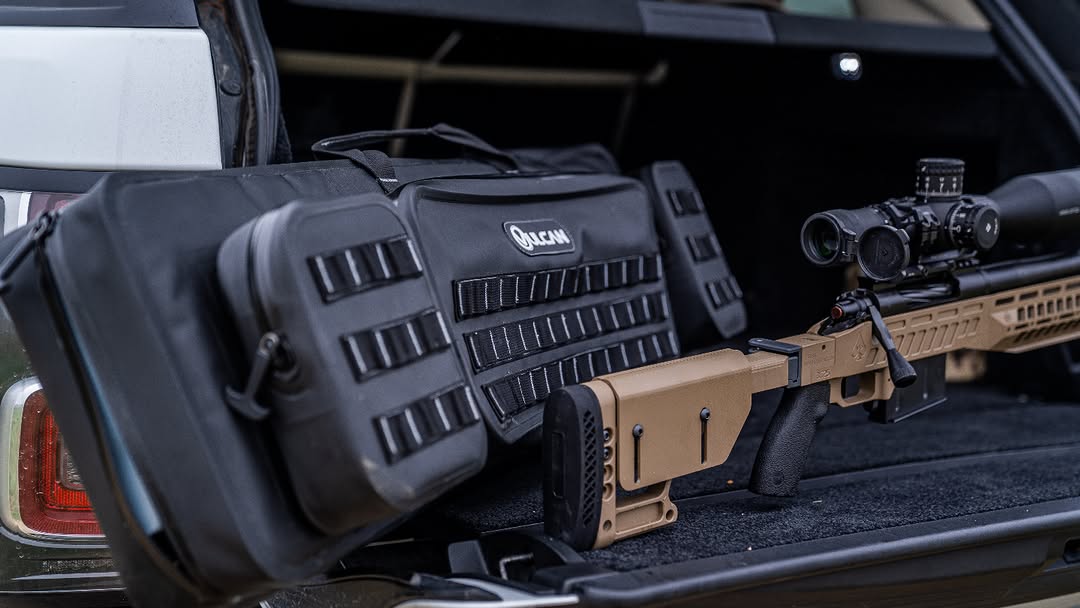



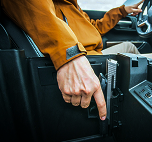
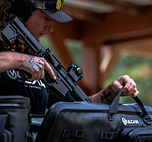
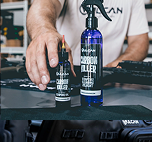
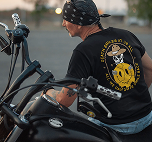
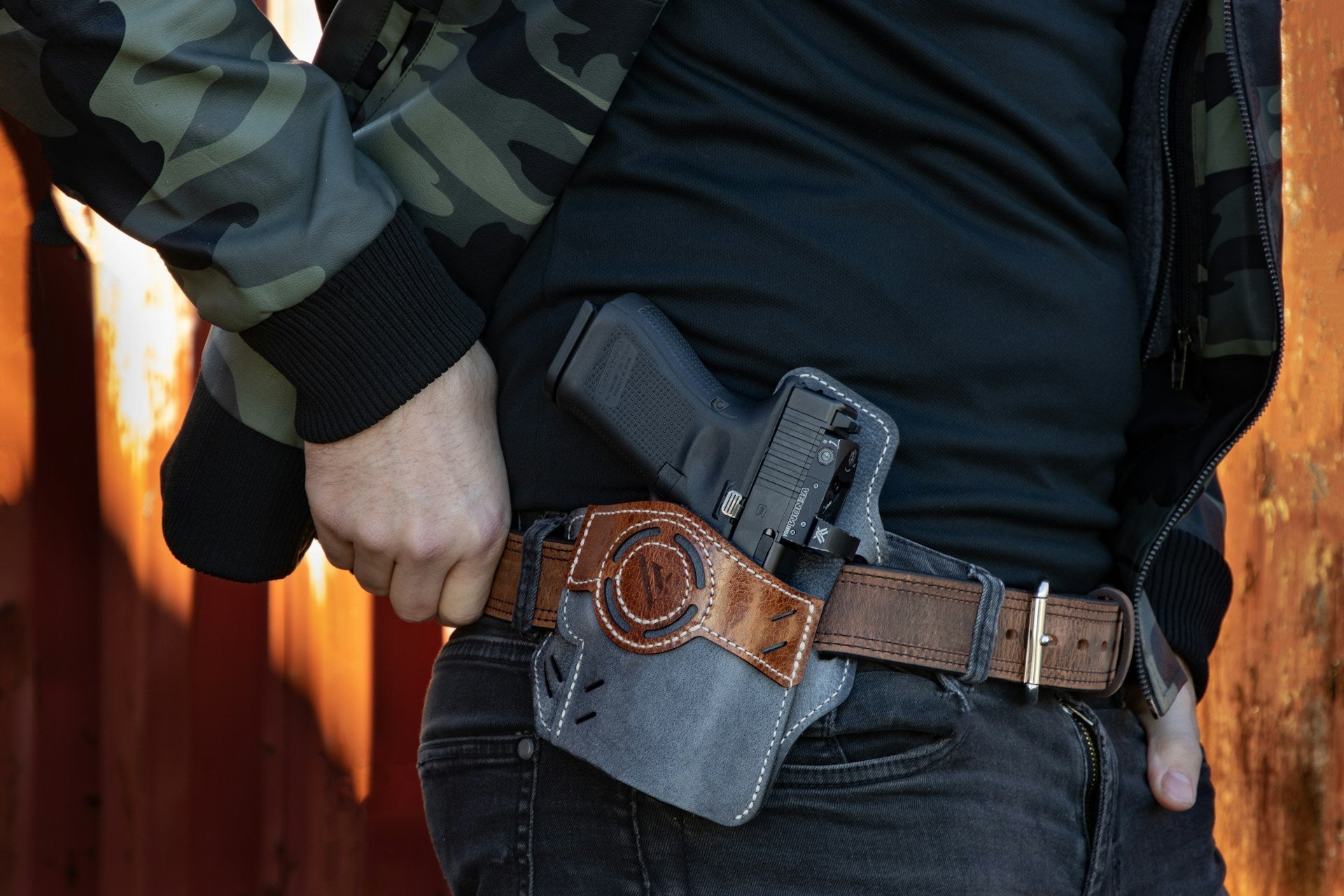
Share:
Resolving Handgun Magnet Placement Issues
How to Maximize Space with AR Soft Cases